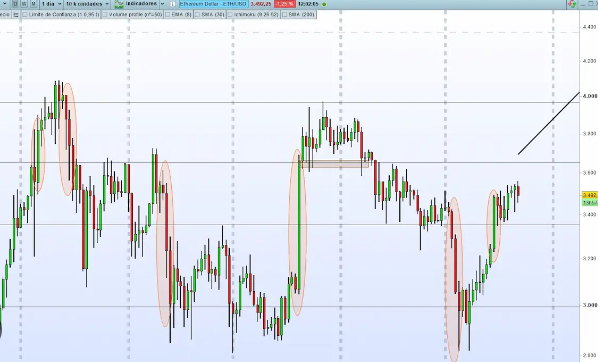How to Trade Forex Using the ROC Indicator
The Rate of Change (ROC) indicator is a popular tool used in forex trading to measure the percentage change in price over a specified period. It helps identify potential trends and shifts in momentum. Here’s a guide on how to trade forex using the ROC indicator:
- Understanding the ROC Indicator: The ROC indicator is typically displayed as a line graph below the price chart. It calculates the percentage change in price between the current and previous periods. Positive values indicate an upward price movement, while negative values suggest a downward movement. The ROC indicator is often used alongside other technical indicators for confirmation.
- Determine the Timeframe: Select a timeframe that aligns with your trading strategy. For short-term trades, you may use shorter timeframes like 15 minutes or 1 hour. For longer-term trades, you may consider daily or weekly charts.
- Identify Overbought and Oversold Levels: Determine the levels at which the ROC indicator indicates overbought (above a certain value) or oversold (below a certain value) conditions. Typically, values above +10% are considered overbought, while values below -10% are considered oversold. These levels can be adjusted based on the currency pair and market conditions.
- Confirm with Other Indicators: To increase the accuracy of your trades, use the ROC indicator in conjunction with other technical indicators, such as moving averages or trendlines. This helps to confirm trends and assess potential entry and exit points.
- Trade Entry and Exit Signals: To generate trade signals using the ROC indicator, look for the following scenarios:
- Divergence: If the price is making higher highs, but the ROC indicator is making lower highs, it may signal a potential trend reversal. Consider entering a trade in the opposite direction.
- Cross of Zero Line: When the ROC indicator crosses the zero line from negative to positive, it may indicate a potential bullish signal. Conversely, when it crosses from positive to negative, it may suggest a bearish signal. Confirm these signals with other indicators and price action.
- Risk Management: Implement proper risk management techniques, such as setting stop-loss orders to protect against potential losses and take-profit levels to secure profits. Consider using a risk-reward ratio to ensure that potential gains outweigh potential losses.
- Practice and Evaluate: Before using the ROC indicator in live trades, practice on a demo account to familiarize yourself with its behavior and effectiveness. Evaluate and refine your strategy based on your trading experience and results.
Remember, no indicator is foolproof, and it’s essential to combine technical analysis with fundamental analysis and market sentiment for well-informed trading decisions. Regularly review and adjust your trading strategy based on market conditions and your own assessment.














Post Comment